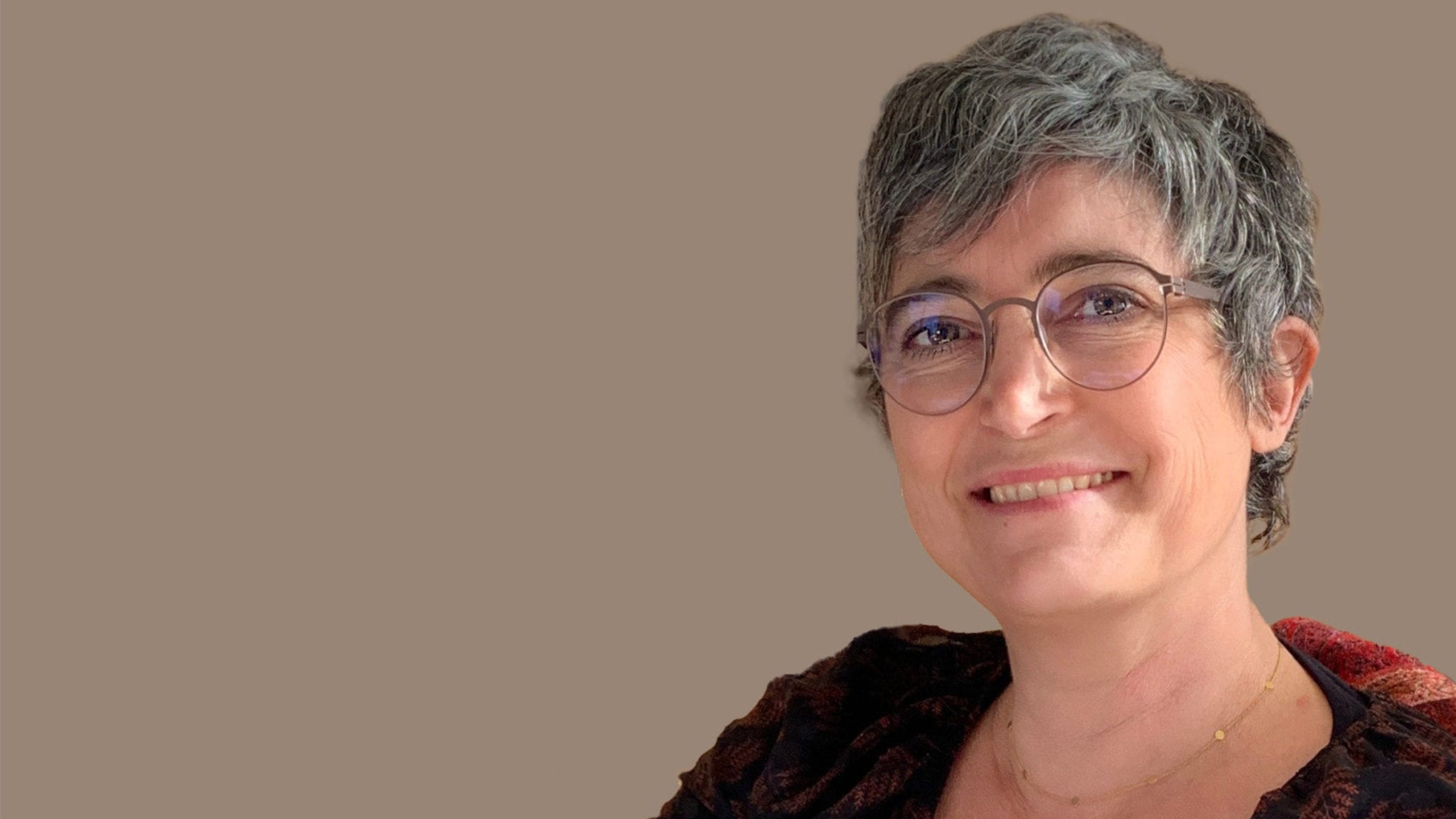
Elvire Gouze, InnoSkel CEO
After scoring big Pfizer buyout, a Therachon co-founder turns once again to dwarfism with $24M Series A
Less than two years after selling her first biotech to Pfizer for a hefty $810 million, a French researcher has launched a new gene therapy …
Sign up to read this article for free.
Get free access to a limited number of articles, plus choose newsletters to get straight to your inbox.